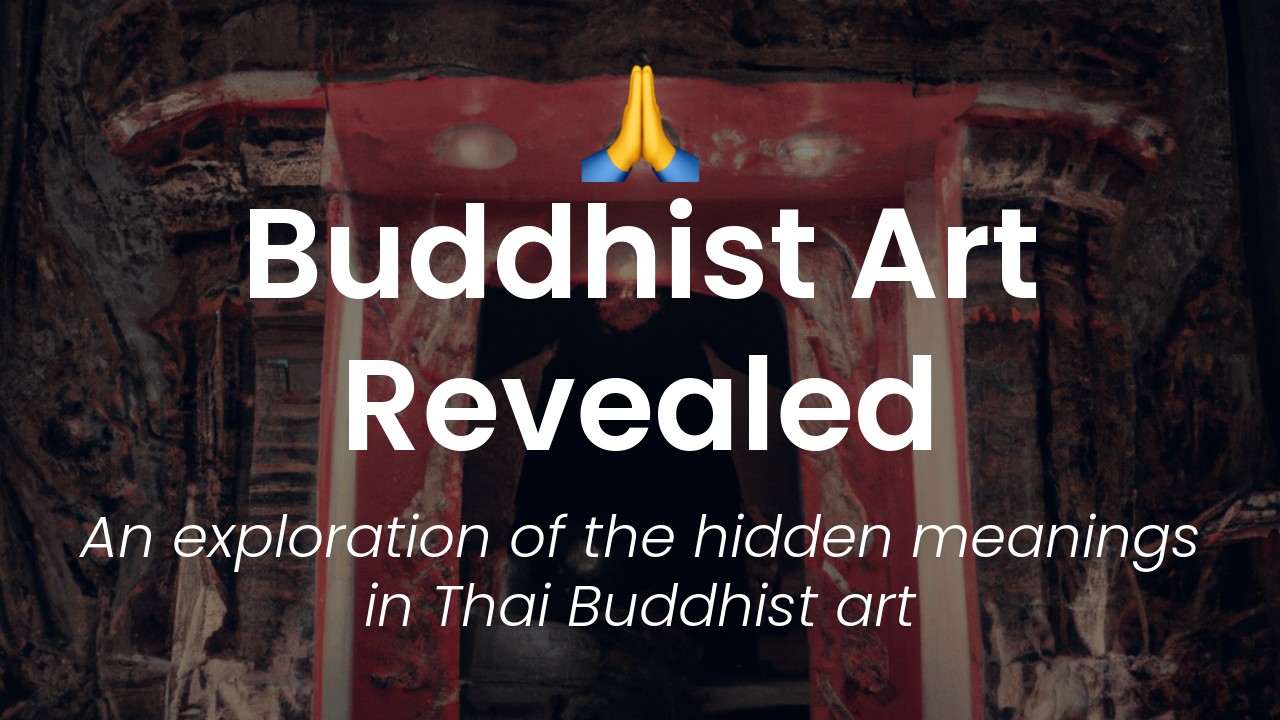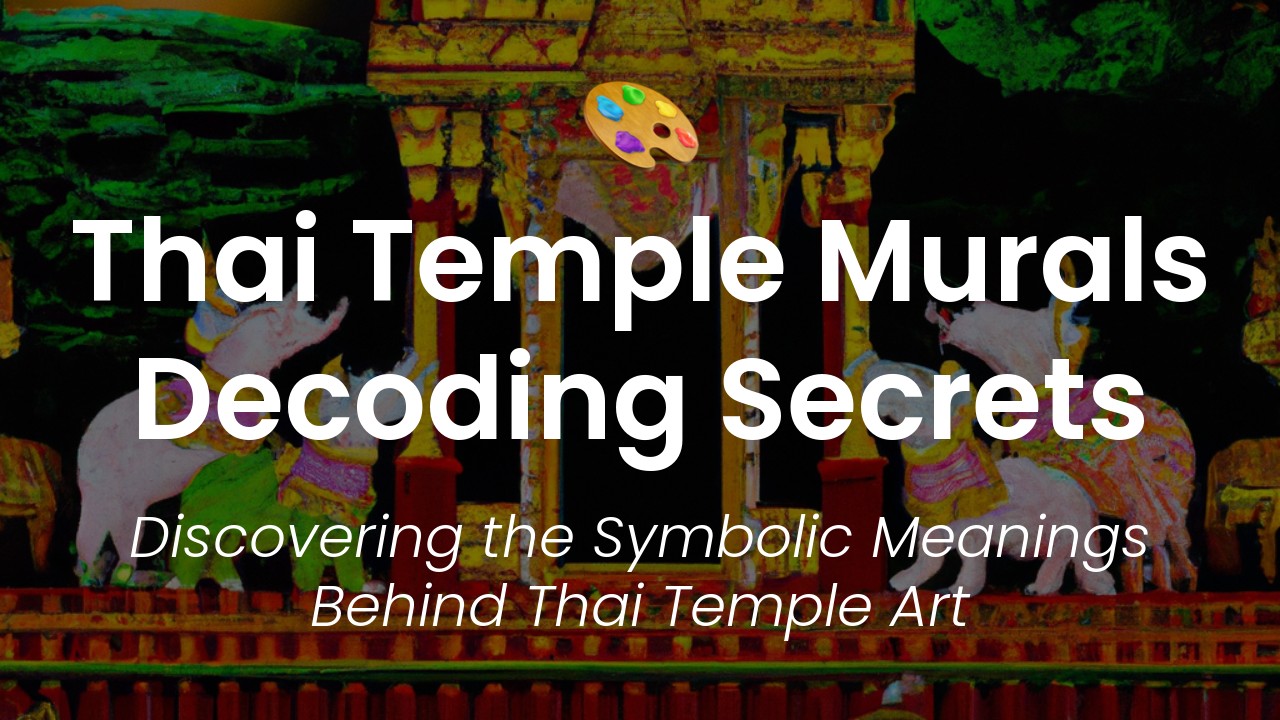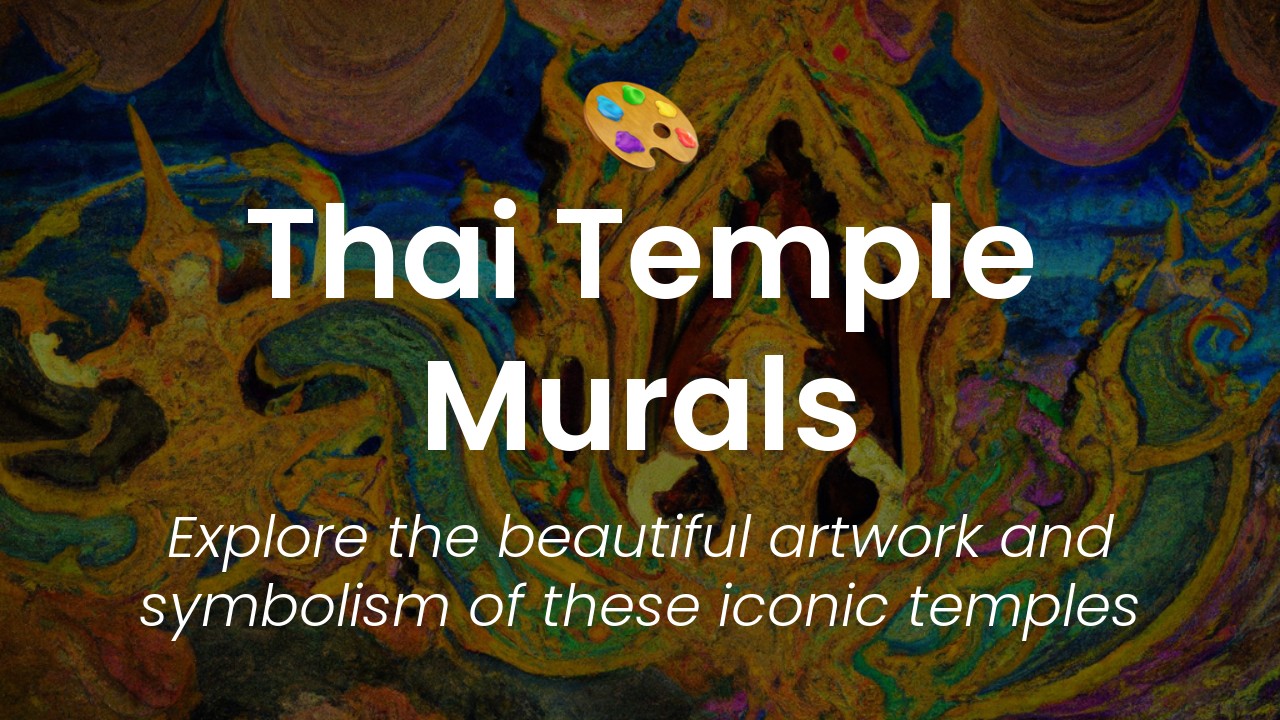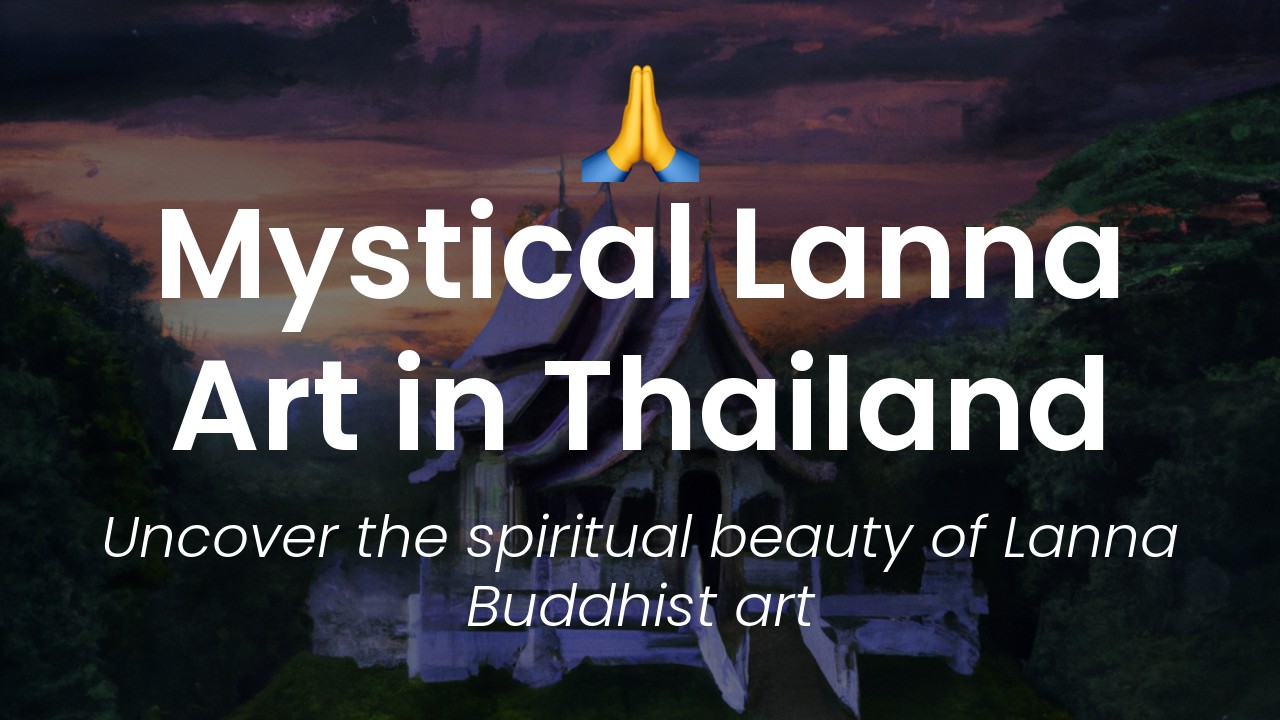As a Thai woman, there are two things very close to my heart: Buddhism, and silk. The history of Thai silk weaving has long fascinated me, not just for the intricate designs and vibrant colors, but also for its cultural significance. In Thailand, silk has a long history of being worn by royalty and nobility, and has even been used to create religious artifacts.
One of the most remarkable examples of silk being used in Buddhist iconography is the phra bot, or robe, worn by the Buddha. The phra bot was traditionally made using a golden thread, and decorated with intricate designs representing the many virtues of the Buddha. Silk has been used to create these robes for centuries, and to this day they remain one of the most precious and revered artifacts in the Buddhist faith.
In this blog post, I want to take you on a journey through the fascinating world of Thai silk and Buddhist iconography. We’ll explore the history of Thai silk weaving, the significance of silk in Buddhism, and the remarkable phra bot robes worn by the Buddha. Whether you’re a Buddhist scholar, a lover of textiles, or simply captivated by Thai culture, you won’t want to miss this alluring exploration of silk and spirituality. So sit back, relax, and prepare to discover the rich and fascinating world of Thai silk Buddhist iconography.
The Meaning of Thai Silk Buddhist Iconography
For centuries, Buddhist art has been an important aspect of Thai culture. Thai Silk Buddhist Iconography represents the Buddhist teachings visually through use of color, design, and symbolic imagery.
In Buddhism, images help represent concepts beyond the descriptions provided in words. Images help in meditation and concentration, allowing followers to focus on the meaning of the teachings. The Buddha’s journey to enlightenment and his teachings are depicted in the form of sculptures, paintings, and murals.
Traditional Materials Used to Create Buddhist Art
Creating such intricate art has always been a laborious task and require a lot of expertise. The traditional materials used to create Buddhist art in Thailand include chalk, laterite (a red clay rock), gold, and plaster. These are used in conjunction with the use of vivid colors to create elaborate and sublime artwork.
The brilliance of design and color in Thai Silk Buddhist Iconography is something the Thai people have been perfecting for centuries. This tradition is carried over till today and woven onto Thai silk which has now become a renowned material for traditional Thai clothing.
The Symbolism Behind the Iconography
Each element in Thai Silk Buddhist Iconography has a symbolic meaning. The postures, gestures, and clothing of the Buddha and the other figures in the artwork, such as the Bodhisattvas, convey great spiritual depth and insight into the teachings of Buddhism.
The lotus flower, for example, is a commonly used symbol in Buddhist art and represents the purity of the Buddha’s teachings and the potential for enlightenment that every person carries within themselves. Other symbols include the conch shell, elephant, and the eight-spoked wheel.
How Thai Silk is Created and Why it is Popular
Thai silk is created using the cocoons of silkworms that are fed mulberry leaves. The resulting silk is known for a luxurious texture, and brilliant sheen that catches the light beautifully. The silk is processed by hand, and the process is highly labor-intensive.
The popularity of Thai silk stems from its beautiful quality and the intricate designs that can be woven onto the fabric. The designs themselves reflect the intricate design of Thai Silk Buddhist Iconography. Wearing a Thai silk garment that reflects this style is not simply a fashion statement; it can also hold some spiritual significance.
The Techniques Used to Create Intricate Designs
Creating designs on Thai Silk Buddhist Iconography takes time and tremendous skill. Each silk thread is carefully laid out and intertwined with other threads to create the desired shape and design. The patterns themselves have intricate meanings, and can represent anything from a specific Buddha to a symbol of enlightenment.
The use of dye is what gives the silk its varied hues, with a blend of colors forming a gradient that shimmers under different lights. Additionally, the use of metallic accents like gold and silver thread can add an extra layer of texture and shine to the design.
Examples of Famous Thai Silk Buddhist Art
One of the most famous examples of Thai Silk Buddhist Iconography is the murals in the Temple of the Emerald Buddha. The murals, which date back to the 18th century, feature intricate designs and magical creatures from Buddhist mythology. The use of gold leaf and vivid blues, reds, and yellows create a dazzling and ethereal effect.
Another example of Thai Silk Buddhist Iconography is the use of the Thai elephant in the images. The elephant is a ubiquitous symbol in Thai culture, and represents strength and loyalty. The image of the elephant in Buddhist art represents the Buddha's dedication to helping those in need, and his ability to shoulder the burden of suffering for others.
Where to Find Thai Silk Buddhist Iconography Pieces
If you are traveling to Thailand, it is recommended to visit the top attractions like the Temple of the Emerald Buddha and the Wat Arun. These temples provide insight into the intricate practice of Thai Silk Buddhist Iconography.
There are also many markets and shops throughout the country where you can purchase Thai silk garments and other goods. The Chatuchak Weekend Market in Bangkok is renowned for its silk goods, including scarfs, shawls and more.
In conclusion, Thai Silk Buddhist Iconography is a stunning way to visually capture the soul of Buddhism. The intricate designs and bold colors provide immense aesthetic pleasure while also conveying a deeper spiritual meaning. Whether you are purchasing Thai silk garments or visiting temples, exploring Thai Silk Buddhist Iconography is a must-see for anyone interested in Thailand's rich cultural heritage.





